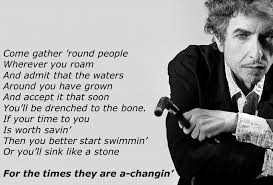Transactional Nonprofit Work vs. Transformational Donor-Led Progress
Greg Warner of Market Smart writes a lot about the difference between “work” and “progress.” I appreciate the distinction, both professionally and personally. I think you can use this notion, so I’m going to recommend some of his articles to you and also suggest a way to extend this idea to your nonprofit fundraising.
Warner notes in Why You Should Never Get a Job and Go to Work: “work” is tedious and negative; “progress” is inspiring and positive.
This is about being intentional about where you’re going.
It’s somewhat about perception and desitnation, but I’d argue it’s largely about the journey.
Your journey. Your donor’s journey.
Details







